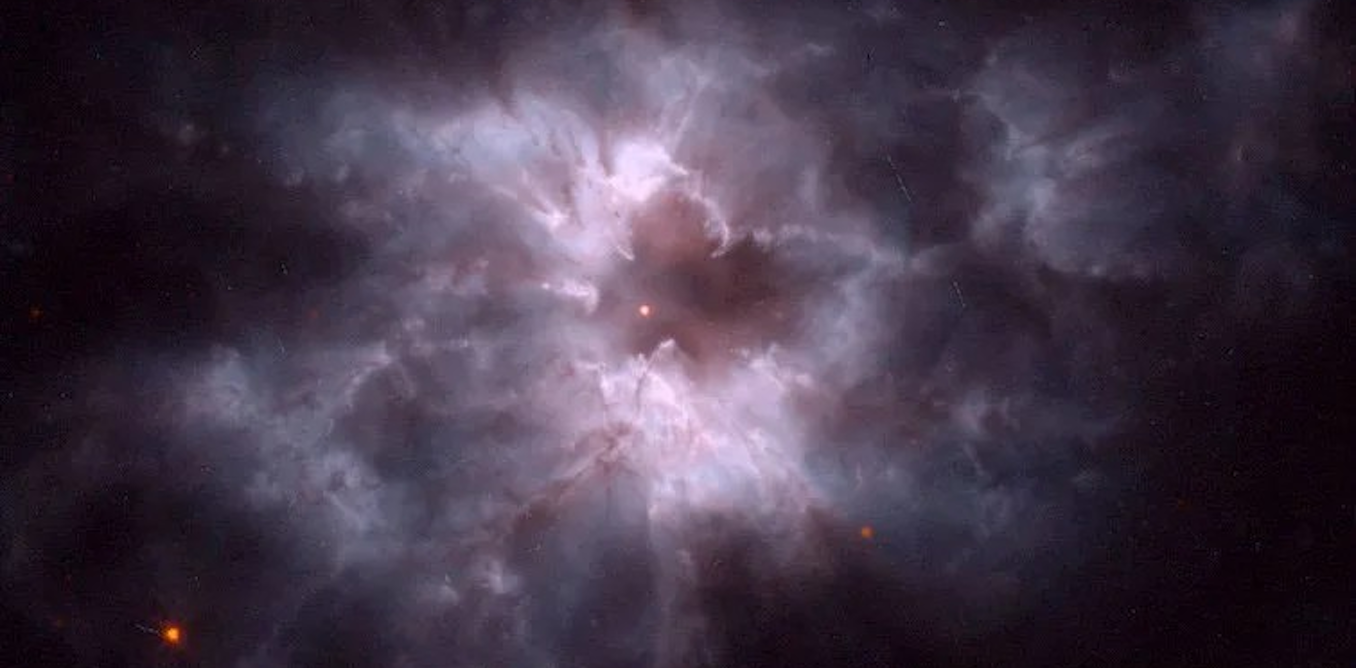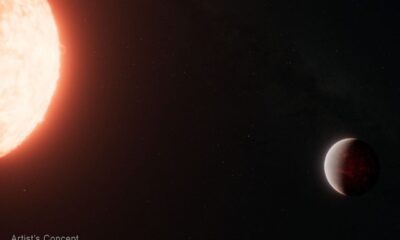Science
Astronomer Explores Potential for Life Around White Dwarfs

In a groundbreaking exploration of extraterrestrial possibilities, astronomer Juliette Becker from the University of Wisconsin-Madison is investigating the potential for life on planets orbiting white dwarf stars. Her recent research posits that even after their host stars have ceased nuclear fusion, certain planets may still support liquid water, a crucial element for life.
The future of our own Sun is a sobering reminder of stellar evolution. As it exhausts its hydrogen fuel, it will expand into a Red Giant, ultimately shedding much of its mass and leaving behind a dense remnant known as a white dwarf. This transformation, typically viewed as the end of the solar system, may actually herald a new chapter for planets that endure the transition.
The Search for Life Around White Dwarfs
In 2020, Becker and her colleagues made a significant discovery: the first intact planet orbiting a white dwarf. This finding opened the door to a tantalizing possibility: could these planets harbor life? Using advanced techniques, researchers analyze the atmospheres of distant planets by monitoring light that filters through when they transit in front of their stars. The James Webb Space Telescope is poised to detect molecules indicative of life if such planets exist.
Becker’s inquiry began in earnest in 2021, focusing on whether oceans could survive on these planets. White dwarfs, despite their smaller size, possess a mass about half that of the Sun but are compressed into a volume comparable to Earth. This density raises questions about the conditions necessary for habitability.
One crucial aspect is the habitable zone, the region around a star where conditions may allow for liquid water. This zone is significantly closer to a white dwarf than to our Sun due to the star’s reduced brightness. For context, the habitable zone around a white dwarf is estimated to be 10 to 100 times nearer than the habitable zone of our solar system.
Challenges of Habitability
Despite the potential for habitable conditions, planets near white dwarfs face unique challenges. Tidal heating is one concern; as gravitational forces from the star distort a planet, heat generated can lead to extreme temperatures, potentially evaporating surface water. This phenomenon is similar to what occurs on Jupiter‘s moon Io, where intense tidal forces create a volcanic landscape devoid of water.
Moreover, if a planet is to survive the transition from a Red Giant to a white dwarf, it must start at a greater distance from its host star. This requirement raises further questions about the migration of planets into habitable zones after the star has cooled. Simulations suggest that this is possible, but such migration could also lead to significant tidal heating, complicating the emergence of life.
Even with these challenges, Becker remains optimistic. If planets can migrate into stable orbits around white dwarfs after the stars have cooled, they may retain the liquid water necessary for life. This prospect could broaden the scope of astrobiology, indicating that life might persist in environments previously thought uninhabitable.
As of now, astronomers have not confirmed the existence of habitable planets around white dwarfs, largely due to the limitations of current detection methods. Traditional techniques, such as the transit method, are less effective with these smaller stars. Nevertheless, researchers are developing innovative strategies to locate and analyze these elusive worlds using advanced telescopes.
Should habitable conditions be discovered on planets orbiting white dwarfs, it would significantly expand our understanding of where life could thrive in the universe. Becker’s work highlights the remarkable resilience of planetary systems and the enduring quest to uncover life beyond Earth.
Becker, who has no financial ties to any companies or organizations that would benefit from this research, continues to explore these vital questions in the field of astronomy.
-

 Technology5 months ago
Technology5 months agoDiscover the Top 10 Calorie Counting Apps of 2025
-

 Technology3 weeks ago
Technology3 weeks agoOpenAI to Implement Age Verification for ChatGPT by December 2025
-

 Health3 months ago
Health3 months agoBella Hadid Shares Health Update After Treatment for Lyme Disease
-

 Health3 months ago
Health3 months agoAnalysts Project Stronger Growth for Apple’s iPhone 17 Lineup
-

 Health3 months ago
Health3 months agoErin Bates Shares Recovery Update Following Sepsis Complications
-

 Technology5 months ago
Technology5 months agoDiscover How to Reverse Image Search Using ChatGPT Effortlessly
-

 Technology3 months ago
Technology3 months agoElectric Moto Influencer Surronster Arrested in Tijuana
-

 Technology2 months ago
Technology2 months agoDiscover 2025’s Top GPUs for Exceptional 4K Gaming Performance
-

 Technology5 months ago
Technology5 months agoMeta Initiates $60B AI Data Center Expansion, Starting in Ohio
-

 Technology5 months ago
Technology5 months agoRecovering a Suspended TikTok Account: A Step-by-Step Guide
-

 Health5 months ago
Health5 months agoTested: Rab Firewall Mountain Jacket Survives Harsh Conditions
-

 Lifestyle5 months ago
Lifestyle5 months agoBelton Family Reunites After Daughter Survives Hill Country Floods





















